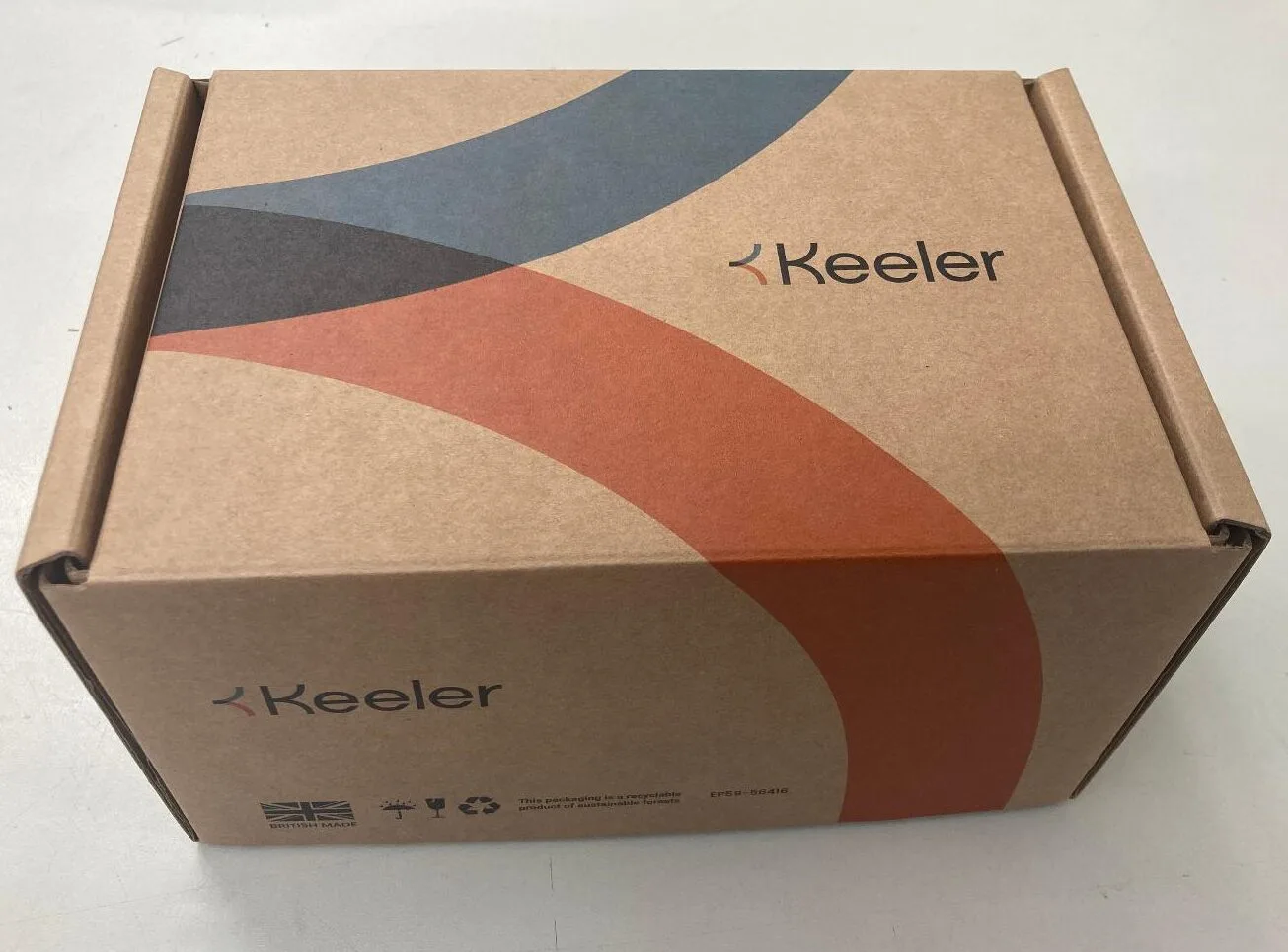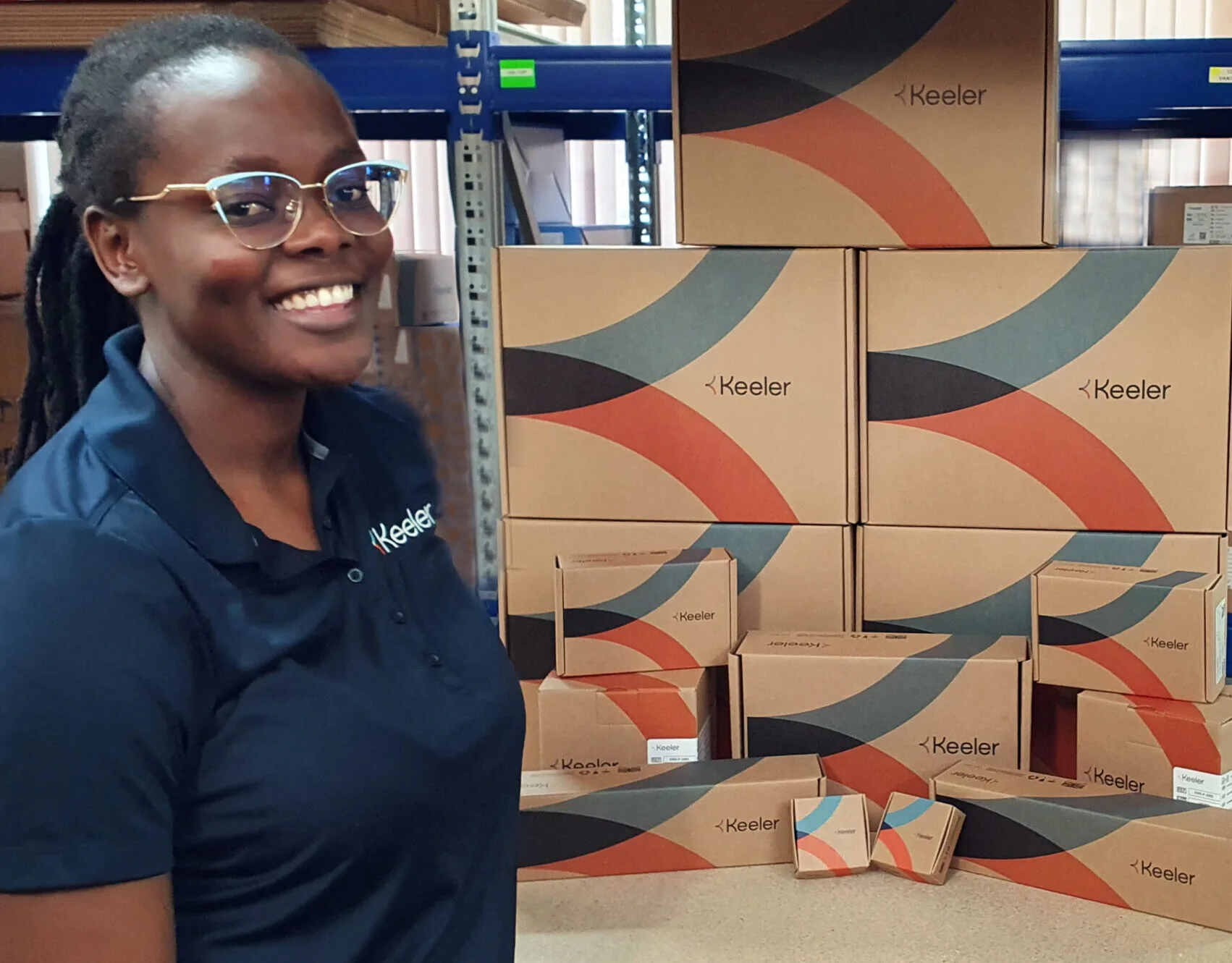
4 Factors to Consider in Comparing the Halogen vs LED Ophthalmoscope

If you’re looking to purchase a new ophthalmoscope, you’ll most likely have to choose between a halogen vs LED ophthalmoscope. At Keeler Ophthalmic Instruments, we offer an entire line of ophthalmic instrumentation designed to ensure you have the ultimate control.
We understand your ability to see a patient’s eye is heavily dependent on your ophthalmoscope and critical to a good diagnosis. Because of this, we offer a variety of the most effective types of ophthalmoscope bulbs.
As a matter of fact, we’ve heavily invested in R&D to develop and launch the first binocular indirect using led technology . All Keeler instruments use genuine LED, halogen and xenon technology to deliver whiter, brighter, longer lasting bulbs. In the meantime, continue reading to learn more about the key similarities and differences in the halogen vs LED ophthalmoscope conversation.
What Are Halogen Ophthalmoscopes?
As the long-standing standard, halogen ophthalmoscopes use halogen bulbs to help you examine the interior structures of your patient’s eyes. Halogen light bulbs typically produce a softer, off-white or yellowish light. These softer colors can be especially handy when viewing retinas because brighter white lights can cause the pupil to constrict, which may make it more difficult to see the retina.
The main downside to halogen ophthalmoscopes is that they can be easier to break. In addition, the halogen bulbs are known to degrade and burnout over time. Although previous halogen bulbs were more expensive, today’s innovation has caused the price of these bulbs to decrease.
What Are LED Ophthalmoscopes?
A growing number of today’s more modern ophthalmoscopes use LED illumination. LED bulbs produce brighter and whiter light while using a fraction of the power compared to halogen bulbs. This means you can expect your handheld ophthalmoscope and binocular indirect batteries to last longer before needing to use a lithium ophthalmoscope charger.
In addition, LEDs are almost impossible to burn out and will not degrade in light quality over long periods of use. In almost every single way, LED ophthalmoscopes produce better, harder, stronger, and faster light than the halogen ophthalmoscope. Even so, some people simply have a preference for halogen ophthalmoscopes.
Halogen vs LED Ophthalmoscopes
As manufacturers continue to upgrade their product lines, most models on the market today offer an LED version. Largely, LED ophthalmoscopes have replaced halogen ophthalmoscopes as the standard in the medical industry.
This shift can be attributed to a few highly desirable attributes of LED ophthalmoscopes.
Heat Released: Halogen vs LED Ophthalmoscope
One of the largest advantages LED bulbs have over halogen bulbs is the amount of heat emitted. Halogen bulbs do burn very bright, but a lot of heat is produced to sustain this brightness.
This can be especially troublesome in any situation where the bulb comes close to the skin. In contrast, LED bulbs are cool to the touch, which makes them safer for all medical professionals alike.
Effectiveness of the Light: LED vs Halogen Ophthalmoscope
The most important factor in the halogen vs LED ophthalmoscope conversation is the effectiveness of the light. Regardless of any other factor, if the light doesn’t perform well, you will not buy or use it.
While the halogen ophthalmoscopes may perform perfectly well; once you use a LED ophthalmoscope, you will have a very hard time going back. The natural temperature color of LED light may allow you to see a more accurate pigmentation during examinations. It also provides more consistent light throughout the complete viewing area.
Life of the Bulb: Halogen vs LED Ophthalmoscope
After the effectiveness, the life of the bulb is the second most important factor in the halogen vs LED ophthalmoscope comparison. LED bulbs last exponentially longer than halogen bulbs, which means you’ll save more money in the long run.
On average, a LED bulb can last around 50,000 hours. This means you leave your LED ophthalmoscope light on for virtually six straight years before the bulb would need to be replaced.
Cost of Replacement Bulbs: LED Ophthalmoscope vs Halogen Ophthalmoscope
The one area where halogen ophthalmoscope bulbs may have the advantage is in cost of replacement. Since halogen bulbs use an older technology, they’re obviously cheaper than LED bulbs.
However, technological improvements have closed the gap significantly. While LED replacement bulbs may have higher price tag and require a larger outlay of cash in the beginning, these bulbs last exponentially longer, require less maintenance, and will actually save you money over the long run.
Contact Keeler Ophthalmic Instruments
As the leader in ophthalmic instruments, Keeler offers a large selection of all types of ophthalmoscopes. If you’re trying to decide whether a halogen vs LED ophthalmoscope will best meet your needs, we can help.
The experts at Keeler Ophthalmic Instruments offer more than 100 years of experience. We manufacture a wide range of cutting-edge equipment. We’ll help you understand all of your options and guide you toward the solution best for your unique needs.
Contact Keeler Ophthalmic Instruments today.




